Entertainment
Taylor Swift’s Recording Engineer Says She Has ‘One of Kind’ Work Ethic on February 1, 2024 at 4:00 am Us Weekly
Kevin Mazur/Getty Images for The Recording Academy
Taylor Swift’s longtime recording engineer Laura Sisk is over the moon about her experience working alongside the pop star.
“Taylor Swift, I want to thank you so much for the endless inspiration,” Sisk shared while on stage at We Are Moving The Needle’s Resonator Awards on Tuesday, January 30, per The Hollywood Reporter. “She’s truly one of a kind in her work ethic and getting to do so many different kinds of projects with her has made me grow so much as an engineer.”
The three-time Grammy winner, who was there to accept the Exceptional Ears Award, noted that it’s been “so special” to watch music she’s helped create play in sold out stadiums as Swift continues her career-spanning Eras Tour across the globe.
Sisk began working alongside Swift, 34, and producer Jack Antonoff in 2014 for the release of her first pop album, 1989. The trio have since collaborated on 2017’s Reputation, 2019’s Lover, 2020’s Folklore and Evermore and 2022’s Midnights. Sisk has also been part of Swift’s rerelease project, which she pointed to as an example of the singer’s talent and prowess.
“I want to mention the rerecords specifically as an incredible engineering challenge, and an intellectual and technical and creative pursuit,” Sisk explained of the process. “It’s been so exciting and it has been exercising a completely different part of my brain.”
Swift announced in 2019 that she would rerecord her first six albums after music manager Scooter Braun acquired her former record label, Big Machine Records, and gained the rights to her masters. (Braun and Swift have had a longstanding rivalry that dates back to 2016.)
Braun later sold the rights to Swift’s music to private equity company Shamrock Holdings for over $300 million in 2020, which, Swift claimed had occurred without her knowledge. In combatting the sale, Swift released her first rerecording, Fearless (Taylor’s Version) in April 2021, with Red (Taylor’s Version) following six months later. Speak Now (Taylor’s Version) and 1989 (Taylor’s Version) hit shelves in July 2023 and October 2023, respectively, with Swift inviting her previous collaborators to help recreate the tracks. (Reputation and 2006’s title album have yet to be rereleased.)
All of Swift’s rerecorded albums have found major success. Earlier this month, the “Anti-Hero” singer took the No. 1 spot on the 2024 Billboard Power 100 list, which serves as a definitive ranking of the most powerful players in the music industry.
Upon learning about her win, Swift offered advice to other music industry change makers, pointing to her rerecording as one of her most successful endeavors.
“The piece of advice I would give to the other executives on this list is that the best ideas are usually ones without industry precedent,” Swift told Billboard on Wednesday, January 31. “The biggest crossroads moments of my career came down to sticking to my instincts when my ideas were looked at with skepticism.”
“When someone says to me, ‘But that has never been done successfully before,’ it fires me up,” she continued. “Every once in a while, you have to really trust your gut and take a flying leap. My rerecordings are my favorite example of this, and I’m extremely grateful to my team and fans for taking that leap with me because it absolutely changed my life.”
In addition to her other accolades, Swift is currently nominated for six Grammys including Record of the Year, Song of the Year, Pop Solo Performance, Best Duo/Group Performance and Best Pop Vocal Album. Midnights is also up for Album of the Year, her sixth nod in the category overall. If she secures the win at the Sunday, February 4, ceremony, she will become the first person ever to achieve the accolade four times.
Kevin Mazur/Getty Images for The Recording Academy Taylor Swift’s longtime recording engineer Laura Sisk is over the moon about her experience working alongside the pop star. “Taylor Swift, I want to thank you so much for the endless inspiration,” Sisk shared while on stage at We Are Moving The Needle’s Resonator Awards on Tuesday, January
Us Weekly Read More
Continue Reading
Entertainment
This ‘Too Small’ Christmas Movie Turned an $18M Gamble Into a Half‑Billion Classic
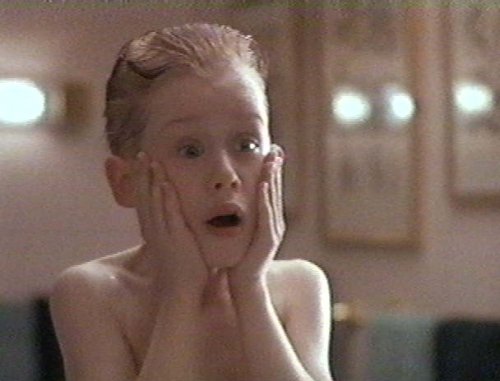
Studios almost left this Christmas staple on the cutting‑room floor. Executives initially saw it as a “small” seasonal comedy with limited box‑office upside, and internal budget fights kept the project hovering in limbo around an $18 million price tag.
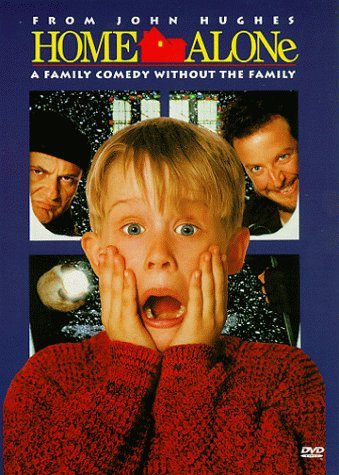
The fear was simple: why spend real money on a kid‑driven holiday film that would vanish from theaters by January?
That cautious logic aged terribly. Once released, the movie exploded past expectations, pulling in roughly $475–$500 million worldwide and camping at the top of the box office for weeks.
That’s a return of more than 25 times its production budget, putting it among the most profitable holiday releases in modern studio history.
What some decision‑makers viewed as disposable seasonal content quietly became a financial engine that still prints money through re‑runs, streaming, and merchandising every December.
The story behind the numbers is part of why fans feel so attached to it. This was not a four‑quadrant superhero bet with guaranteed franchise upside; it was a character‑driven family comedy built on specific jokes, one child star, and a very particular vision of Christmas chaos. The fact that it nearly got shelved—and then turned into a half‑billion global phenomenon—makes every rewatch feel like a win against studio risk‑aversion.
When you press play each year, you are not just revisiting nostalgia; you are revisiting the rare moment when a “small” movie out‑performed the system that almost killed it.
Entertainment
Anne Hathaway Just Turned Her Instagram Bio Into a 2026 Release Calendar
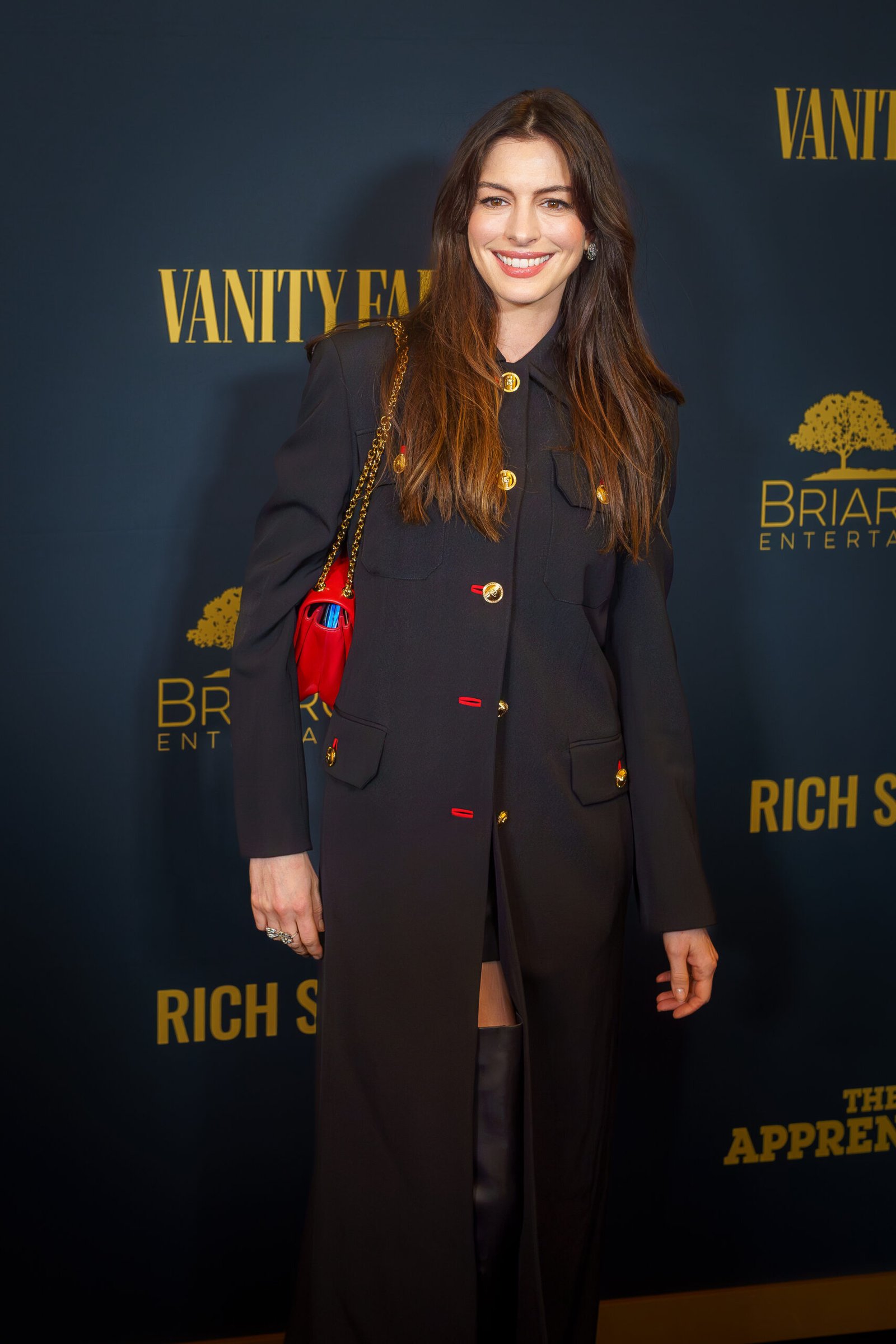
Anne Hathaway has quietly confirmed that 2026 is going to be her year, and she did it in the most Anne way possible: with a soft-launch in her Instagram bio.
Instead of a traditional studio announcement, the Oscar-winning actor updated her profile text with a simple list of titles and dates, effectively revealing a four-film run that reads like a mini festival of her work spread across the year.
For fans, the bio now doubles as a watchlist, mapping out exactly when they will see her next on the big screen.
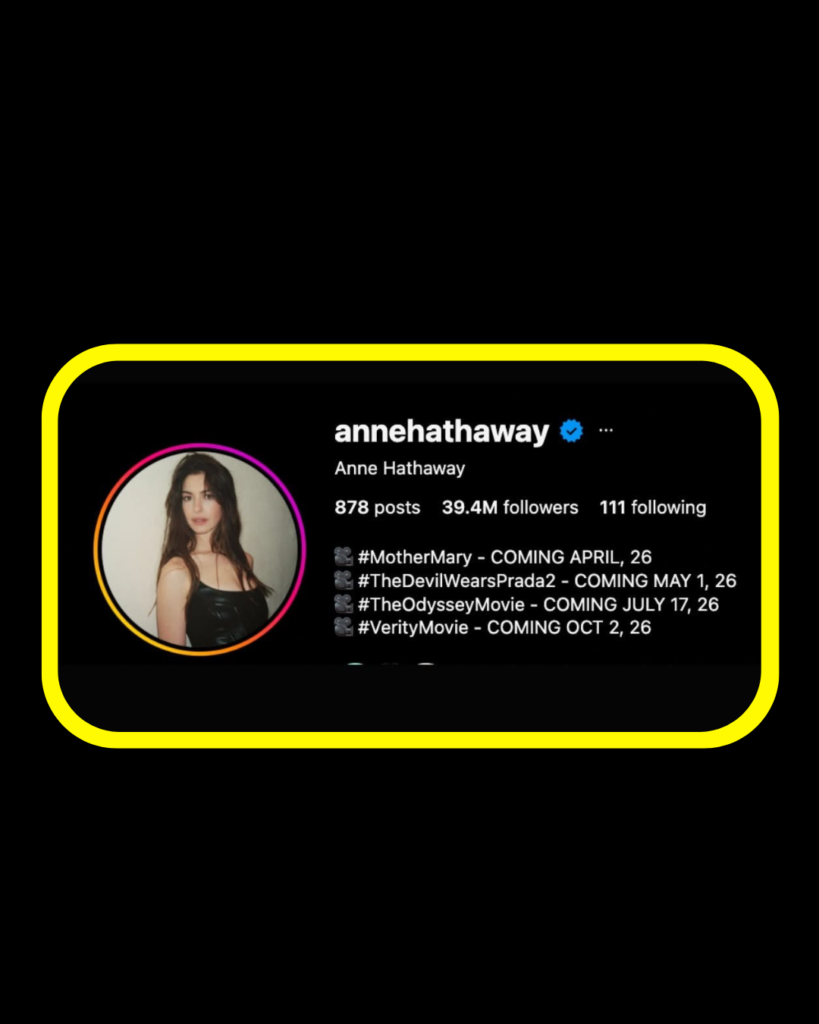
According to the update, Hathaway will kick off 2026 with “Mother Mary,” slated for an April release. The film, backed by A24, casts her as a fictional pop star in a psychological, music‑driven drama that has already started building buzz through early trailer drops and stills. Positioned in the spring, it sets the tone for a year where Hathaway leans hard into challenging, high‑concept material while still anchoring major studio projects.
Just weeks later, she pivots from pop icon to fashion-world nostalgia with “The Devil Wears Prada 2,” now dated for May 1, 2026. The sequel brings her back as Andy Sachs, returning to the universe that helped define her mid‑2000s stardom and remains a staple in meme culture and rewatches. For millennials who grew up quoting the original, the firm release date signals that the long-rumored follow‑up is no longer hypothetical—it’s locked in, with Hathaway front and center.
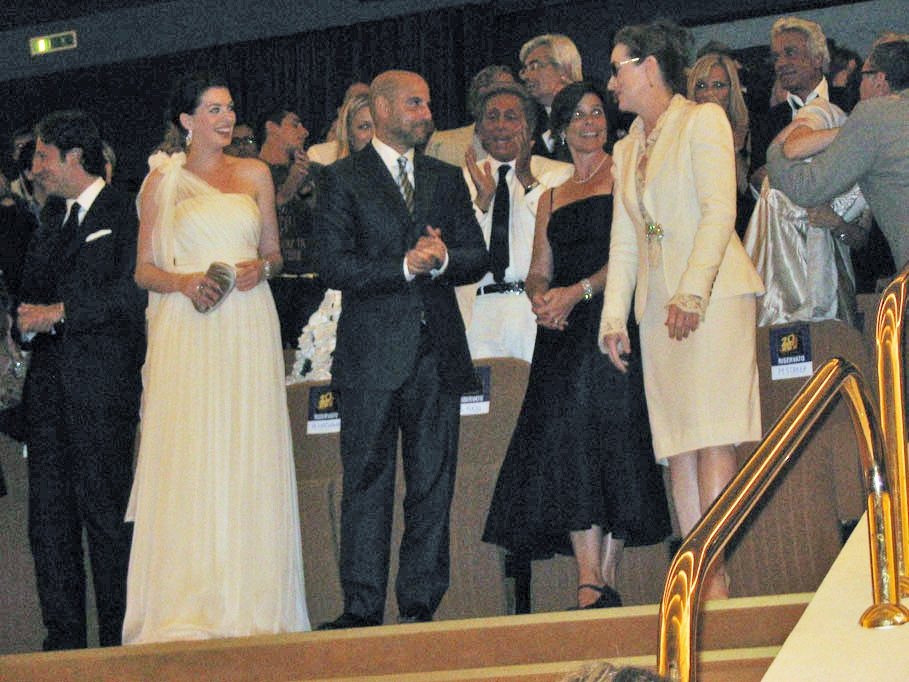
The devil wears Prada
Summer belongs to “The Odyssey,” marked for July 17, 2026. Billed as an ambitious, big‑screen reimagining of the classic tale, the project reunites Hathaway with large‑scale, auteur‑driven filmmaking and promises mythic stakes, prestige casting, and blockbuster spectacle. Its prime July slot suggests confidence from the studio and positions Hathaway as a key face of the 2026 summer season, not just a supporting player in someone else’s tentpole.
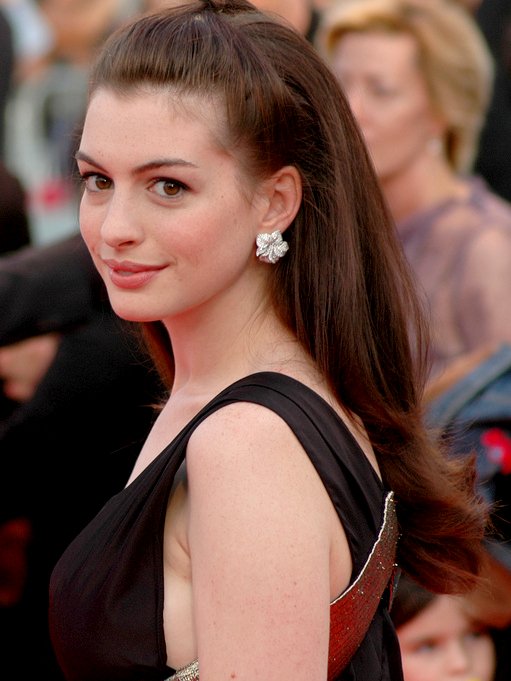
Finally, Hathaway’s bio points to “Verity,” arriving October 2, 2026, rounding out the year with a dark, suspense‑driven turn. Adapted from a hit thriller novel, the film casts her in a psychologically intense role that leans into obsession, secrets, and unreliable narratives—terrain that plays to her ability to toggle between vulnerability and menace in a single scene. Coming at the start of awards season, “Verity” also gives her a potential late‑year prestige vehicle after a run of crowd‑pleasing releases.
What makes this reveal so striking is the casualness of it. In one short line, Hathaway essentially published a studio slate: four movies, four distinct genres, and a timeline that keeps her on screens from spring through fall. For Hollywood, it underlines her staying power as a true marquee name; for fans, it’s an invitation to mark their calendars and prepare for a year where Anne Hathaway isn’t just part of the conversation—she is the conversation.
Entertainment
Colombia’s ‘Doll’ Arrest: Police Say a 23-Year-Old Orchestrated Hits, Including Her Ex’s Murder

Authorities in Colombia say Karen Julieth Ojeda Rodríguez, 23, known as “La Muñeca” (“The Doll”), was arrested in early December on allegations she coordinated contract killings for the Los de la M gang and helped set up the murder of her ex-boyfriend in July. Police reported seizing a 9mm pistol and a revolver during the operation and are testing the weapons against recent homicides in Barrancabermeja, a city battered by drug-war killings this year.

What police allege
Investigators describe Ojeda Rodríguez as a youthful face with a senior role: not a trigger-puller, but a coordinator who relayed orders to sicarios, managed target selection, and handled logistics for a network tied to drug trafficking and extortion in Santander. They say she rose quickly within Los de la M, operating in hot spots like Barrancabermeja and Piedecuesta, where rivalries over territory and revenue have fueled violence.
The July killing at the center
Prosecutors allege she lured her ex-boyfriend, Deyvy Jesús García Palomino (“Orejas”), to a rural meeting on July 23 under the guise of settling a money dispute. When he arrived, two shooters on a motorcycle attacked at close range; he later died at the hospital. Investigators point to recovered messages to argue the meetup was a setup arranged in advance, and they claim she and an accomplice received roughly 4 million pesos—about $1,000—for the hit.
The December takedown
Police announced her capture following a targeted early-December sweep, framing it as a blow to Los de la M’s homicide pipeline.
Alongside Ojeda Rodríguez, officers detained an alleged accomplice known as “Gorda Sicaria” who purportedly passed orders to gunmen, and a man identified as “Leopoldo.”
Forensic tests on the seized weapons aim to link the guns to crime scenes amid a year marked by more than a hundred killings in Barrancabermeja, according to media cited by authorities.

A clear timeline
- July 23: Ex-boyfriend “Orejas” shot after a rural meetup; he dies in hospital the same day. Authorities later cite phone messages as evidence of premeditation.
- Late 2024: Police publicly identify “La Muñeca” as an alleged coordinator within Los de la M tied to multiple homicides in Santander.
- Early December 2025: Targeted operation results in the arrests of Ojeda Rodríguez and alleged accomplices; police seize a 9mm pistol and a revolver for ballistic testing.
Why the case resonates
The contrast between the “Doll” moniker and the accusations of top-level murder coordination has fueled global attention, while the intimate ex-partner setup adds a personal dimension to an already combustible gang narrative. Authorities caution that ballistic and judicial proceedings are ongoing, but they characterize the arrests as a significant hit to a group blamed for a wave of killings in the region.

 Entertainment5 days ago
Entertainment5 days agoWicked Sequel Disappoints Fans: Audience Verdict on For Good

 Entertainment3 weeks ago
Entertainment3 weeks agoAfter Party: Festival Winner for Best Romantic Short

 News3 weeks ago
News3 weeks agoCamp Wackapoo – Rise of Glog Takes Center Stage

 News2 weeks ago
News2 weeks agoYolanda Adams Questions Traditional Views on God’s Gender, Audience Reacts

 Entertainment3 weeks ago
Entertainment3 weeks agoFrancisco Ramos Takes Top Mockumentary Award at Houston Comedy Film Festival

 Politics3 weeks ago
Politics3 weeks agoTrump’s $2,000 Tariff Dividend Plan: Who Gets Paid?

 Politics4 weeks ago
Politics4 weeks agoMamdani’s Victory Triggers Nationwide Concern Over New York’s Future

 Film Production3 weeks ago
Film Production3 weeks agoWhy China’s 2-Minute Micro Dramas Are Poised To Take Over The U.S.

























